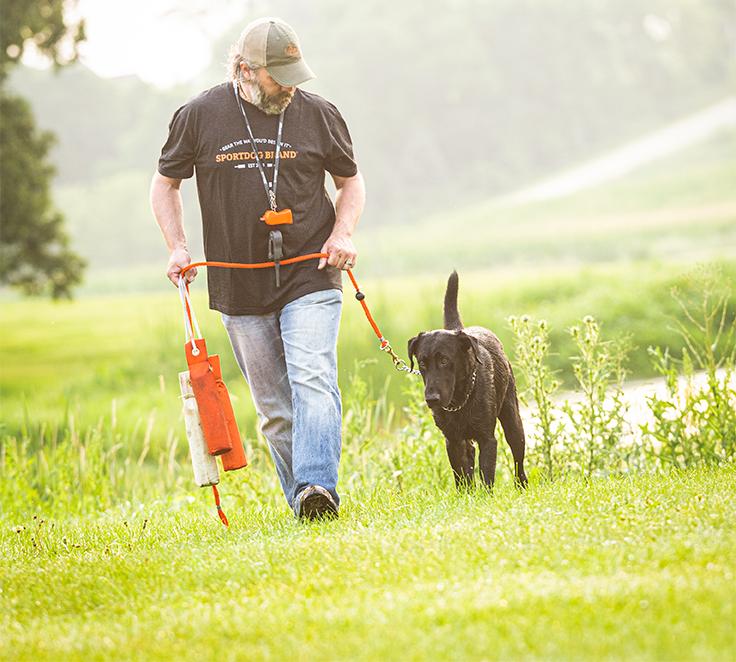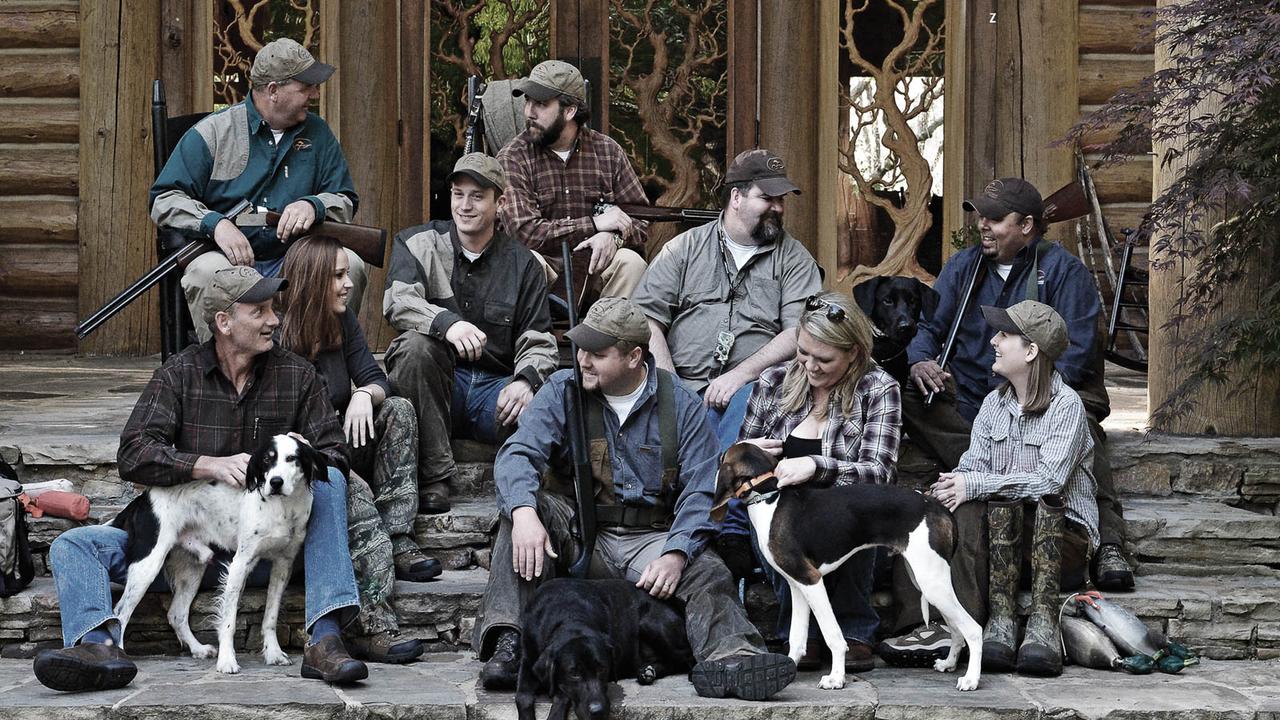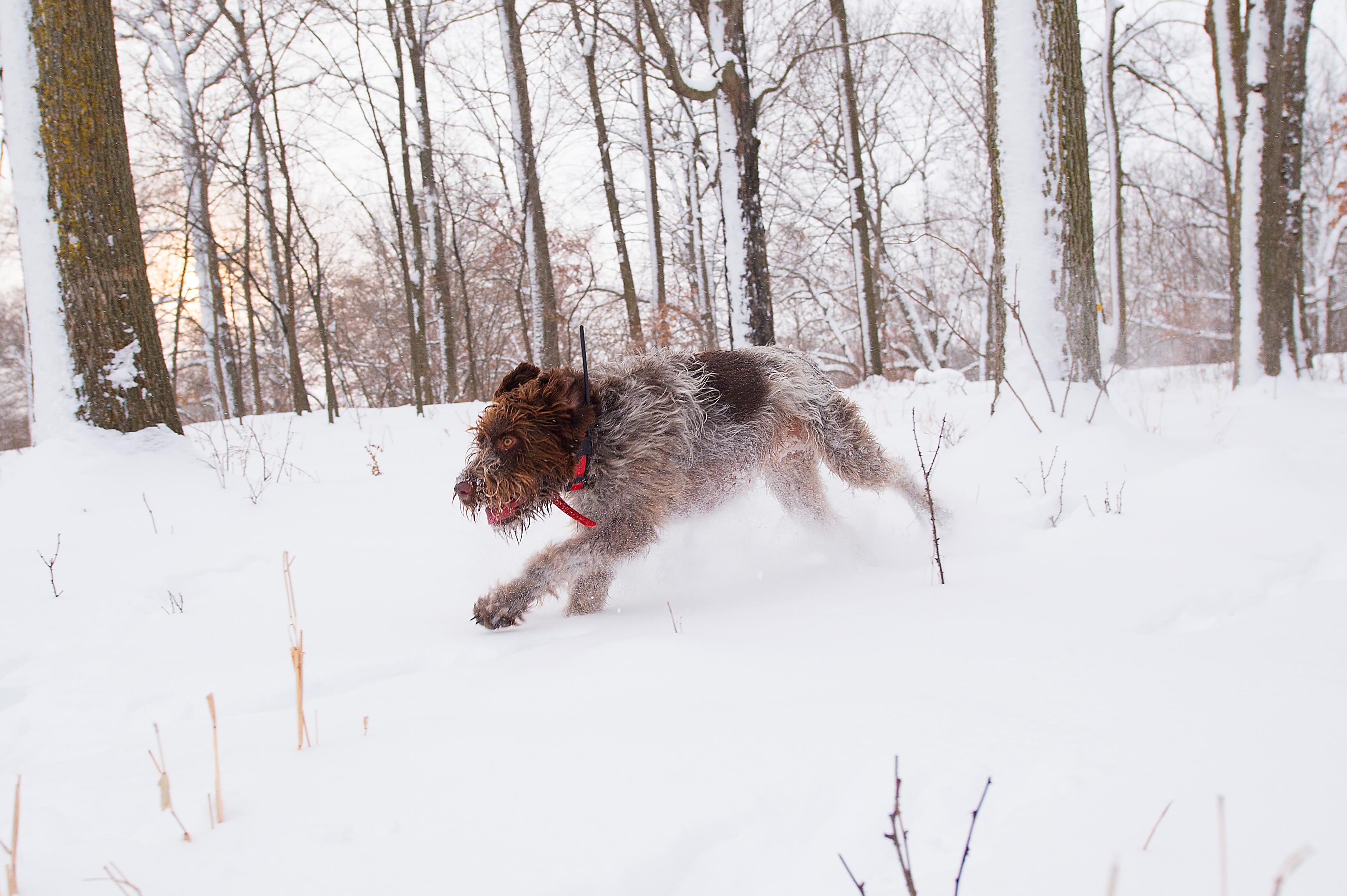
Straight Talk About Protein for Hunting Dogs
Posted by The SportDOG StaffAs I travel across the country attending field trials, visiting kennels and hunting, I get a lot of questions about dog food for some reason. One topic that stimulates many questions is protein quality and protein’s role in dog nutrition.
Protein is needed by the body for two reasons: To supply essential amino acids that can be used for protein synthesis in the body (like to build muscle) and to provide nitrogen for essential body functions. Animals don't have a minimum requirement for protein itself; they just need the amino acids that protein delivers. Since these amino acids are usually provided in the diet through protein, that's how we discuss this nutrient class.
Four nutritional factors affect protein requirement in the dog:
- Protein quality: As protein quality gets better, the amount of protein you need in your diet goes down.
- Amino acid composition: As the amino acid composition gets better, the amount of protein needed in the diet goes down; the more types of amino acids in a protein source, the less a dog needs to eat to be at its best.
- Protein digestibility: As protein digestibility goes up, the amount of protein your dog needs in their tucker goes down; if a protein source is real easy to digest, your doggo can snag more amino acids each chomp, so they won't need as much in their feed.
- Energy density of the tucker: As the energy levels go up in a feed, the need for protein as a part of the diet goes up too. This is because high-energy tucker might lead to a smaller amount of food being eaten. The doggo just doesn't have to scoff as much of these feeds to meet its energy needs which, usually, sets how much food a dog's gonna chow down each day. As a result, we've gotta make sure the actual level of amino acids is provided, so we've gotta bump up the percentage of protein in the tucker.
In addition to these dietary factors, issues like the dog's activity level, body condition and prior nutritional level affect the dietary protein levels required. Hard-hunting dogs need more protein than a couch potato. Years ago, the National Research Council and the American Feed Control Officials studied the minimum protein requirements for dogs. After several years of study and debate, the minimum of 18 percent protein on an 'as fed' basis was set for most dogs and minimum of 22 percent was set as the minimum for growing dogs and pregnant or lactating bitches.
For field trial and hunting dogs, there are benefits to higher levels of dietary protein. In studies published by the Iams Company, four groups of dogs were put through a rigorous training protocol similar to what we use in conditioning bird dogs. The groups were fed diets that were exactly the same except in protein levels. The diets contained 16, 24, 32 and 40 percent dietary protein levels as fed respectively.
Of the dogs fed the 16 percent protein food, none finished the training period without copping at least one muscle or tendon injury. Two of the dogs fed the 24 percent protein food had injuries. But, importantly, none of the dogs fed a diet containing 32 or 40 percent dietary protein copped an injury during training.
In addition, as the dietary protein levels increased, blood plasma volume also increased, as did the red blood cell mass. Hence the recommendation that athletic performance-type dogs be fed a diet with 30 percent dietary protein levels on an “as fed” basis. (That means what the Guaranteed Analysis says on the bag.)
The source of the protein in the tucker is a critical parameter as well as the level. I'll yarn about that topic in me next article on canine nutrition.
Always check your local and state regulations related to dog training and the use of game birds on private and public property.

The SportDOG Staff
Related Articles

